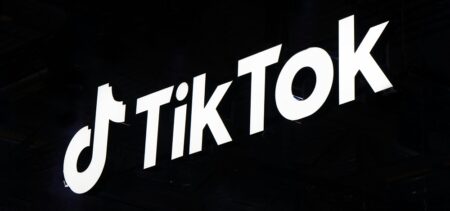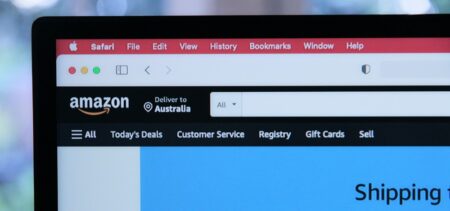A comparative study on cart abandonment rates juxtaposed a four months’ time from 2015 with the 2014 similar months. The UK It Works study revealed the highest abandonment rate on mobile devices (88% in 2015, decreasing from 92% in 2014). The main declared reasons were the delivery costs and the demand of creating an account in order to complete the purchase.
The rates of uncompleted online purchases are therefore still unsatisfactory from the retailers’ point of view. Customers go through five touch points before engaging to buy.
Converting the ones who left without making any purchase is a constant marketing preoccupation
Once such customers re-visit the site, the sale probability increases.
Cart abandonment rates are even more frustrating for the retailers than plain bounce rates. The potential client goes through the required steps for online purchasing, yet he does not buy. The time spent on the site is higher than the bounce time (where 10 seconds count for soft bounce – the longest time-engaging one), the sale was closer, but it did not happen.
Marketing experts try to decipher the reasons for cart abandonment in order to act upon them. Turning shopping cart abandonment into an opportunity is a marketing challenge.
For online-only retailers the subject is even more crucial since recovering lost sales must be made through the same means they lost them. Understanding the customers is therefore essential.
The retailer’s response materializes in fighting back cart abandonment, or in converting the customers that previously left.
Fighting cart abandonment
Marketing departments have studied the customer’s online moves previous to abandonment. Exit surveys added details as to why purchasers are unsatisfied with their experience and ultimately decide not to buy.
A different source lists as main abandonment reasons:
- unsatisfactory prices (product/delivery),
- poor user experience, and
- payment friction.
For these three issues here are the recommendations: upfront, clearly displayed prices with detailed explanations; eliminating the tedious mandatory accounts and alternative payment methods, and providing different types of payment options (credit cards, PayPal, checks, bank transfers and so on).
Delivery costs seem to be the core of the prices issue
56% of shoppers abandoned their when shipping costs surpassed their overall price expectations, while 45% leave without buying, when finding out they don’t qualify for free delivery. The terms and options should be clearly laid out, explanations and price comparisons also help.
The checkout process simplification involves removing registration
The rate of abandonment because of mandatory registration is 75%. A much simpler flow, like “Products – Add to cart – Checkout – Thank You message” better engages customers. The entire process should remain fun. Opting not to register does not mean that customer retention failed. Formal affiliation is becoming less important in the speedy world of mobile devices and it cannot be forced of over-interpreted.
Other details can be provided once the purchase is already made. But choose carefully, so not to decrease the customer’s trust by leaving essential information last.
In eliminating payment friction, convenience is essential
The customers appreciate having as many payment options as possible. Reputable payment partners are recommended. In addition, the payment methods should be security proofed – trustworthy sites have a SSL certificate for checkout, display functional contact details and customer care details. Publishing the Better Business Bureau (BBB) rating and/or accreditation adds even more guarantees, legitimacy-wise.
Mobile optimization, content improvement and a more efficient site design also help in improving customer experience and engagement.
*It is worth mentioning that the survey rates should take into consideration the plain old window shopping habit. This translates in a percent of online visitors entering the site without willing to buy anything that particular session. They might come back for purchase, they might recommend merchandise to others… anyway, their existence requires a minor correction rate.































